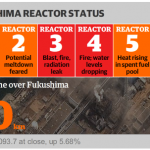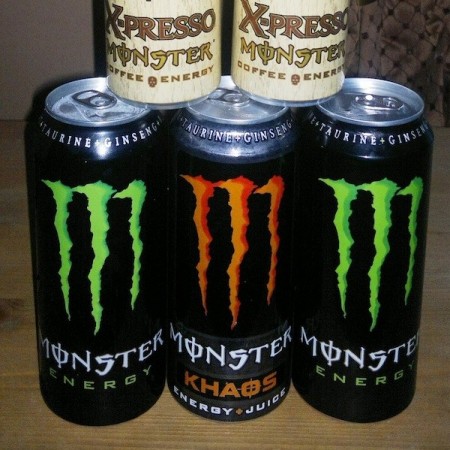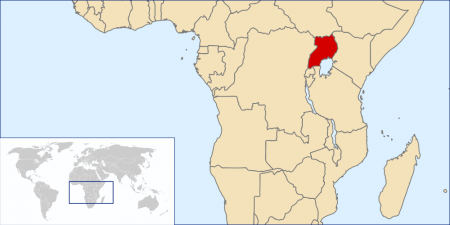What happened:
- Flint switches from Detroit’s water system to the Flint River to save money,
- E. coli bacteria show up in water (E.coli can make you sick) so the water system adds chlorine to kill the bacteria,
- Trichloromethane shows up in the water (trichloromethane is a carcinogen)
- Water from the Flint River is more corrosive compared to Detroit’s because it has higher levels of chlorine ions (Cl–),
- Chlorine dissolves lead from old water pipes — the lead goes into solution in the water (lead causes issues with mental development in kids, among other things),
References
Detailed article from Mashable: The poisoning of a city
A timeline from Michigan Radio: TIMELINE: Here’s how the Flint water crisis unfolded
An excellent, detailed program from Reveal: Do not drink: The water crisis in Flint, Michigan. The second part in particular is a good summary of the science issues.
A NPR summary from September 29th, 2015: High Lead Levels In Michigan Kids After City Switches Water Source



